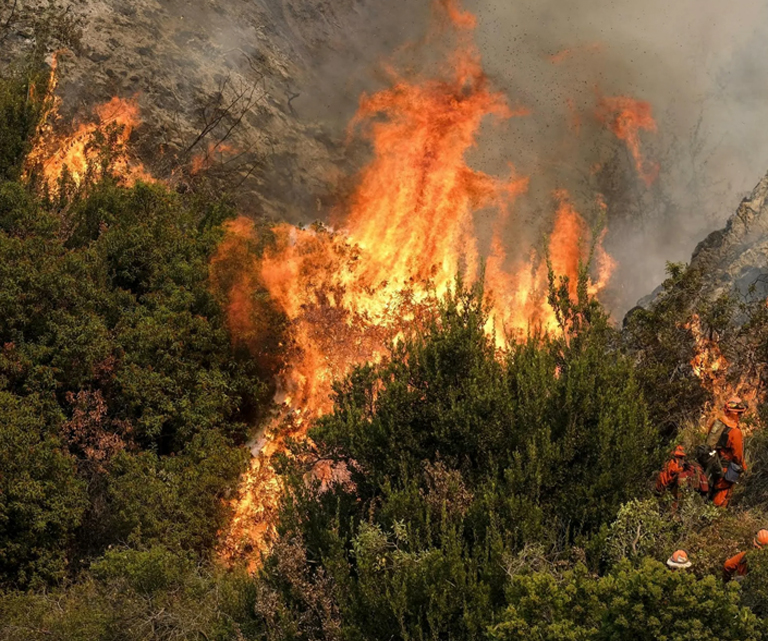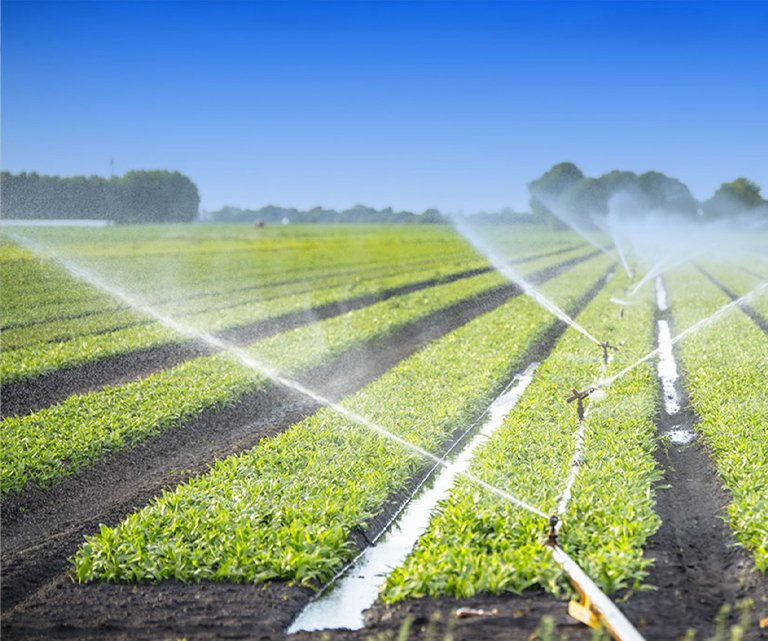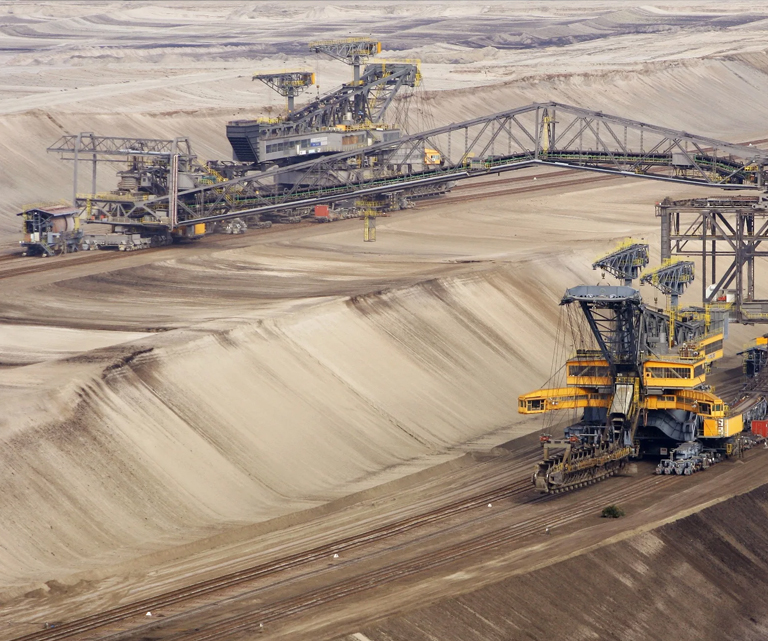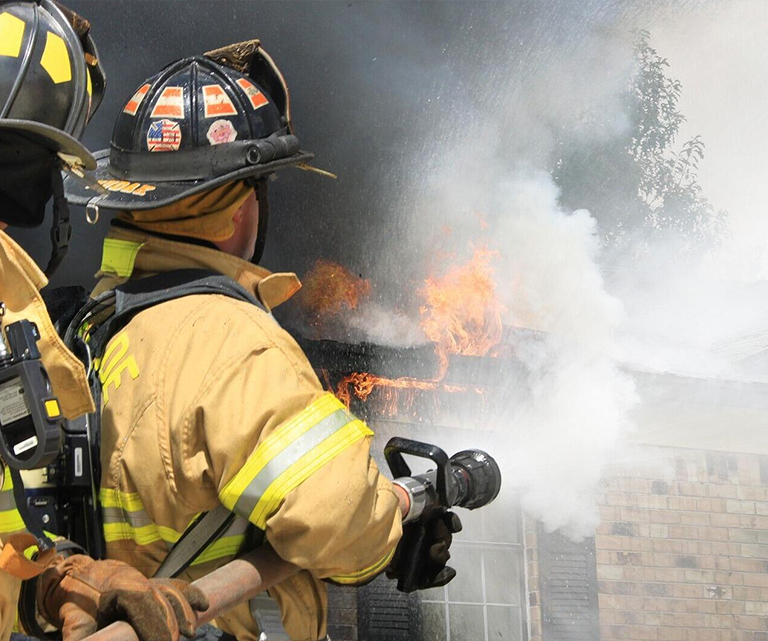Light weight, good elasticity, low resistance to water flow, easy to coil.

Forestry Fire Protection

Agricultural Fire Protection

Industrial Fire Protection

Municipal Fire Protection
Light weight, good elasticity, low resistance to water flow, easy to coil.
| Pressure Required | |||||||
| Caliber | Work Pressure | Burst Pressure | |||||
| (Inch/mm) | (Bar) | (Mpa) | (Psi) | (Bar) | (Mpa) | (Psi) | |
| 1" | 25 | 13-25 | 1.3-2.5 | 190-365 | 39-75 | 3.9-7.5 | 570-1090 |
| 1-1/2" | 38 | 8-25 | 0.8-2.5 | 120-365 | 24-75 | 2.4-7.5 | 350-1090 |
| 2" | 52 | 8-25 | 0.8-2.5 | 120-365 | 24-75 | 2.4-7.5 | 350-1090 |
| 2-1/2" | 64 | 8-25 | 0.8-2.5 | 120-365 | 24-75 | 2.4-7.5 | 350-1090 |
| 3" | 75 | 8-25 | 0.8-2.5 | 120-365 | 24-75 | 2.4-7.5 | 350-1090 |
| 4" | 102 | 8-25 | 0.8-1.6 | 120-235 | 24-48 | 2.4-7.5 | 350-700 |
| 5" | 127 | 8-25 | 0.8-1.3 | 120-190 | 24-39 | 2.4-7.5 | 350-570 |
| 6" | 152 | 8-25 | 0.8-1.3 | 120-190 | 24-39 | 2.4-7.5 | 350-570 |
1. Understanding EPDM Lining Properties The EPDM rubber lining provides intrinsic resistance to heat, weather, and many chemicals. Its polymer structure determines susceptibility to: Acidic and alkaline solutions Petroleum products such as...
READ MOREI. The Structural Mandate of Fire Hoses The performance of an EPDM Fire Hose relies critically on the structural integrity of its two main components: the inner EPDM rubber liner (providing a smooth waterway and chemical resistance) and the...
READ MOREThe modern **EPDM Fire Hose** is an engineering marvel, designed to handle both the intense thermal stresses of fire suppression and the mechanical demands of deployment in extreme climates. EPDM (Ethylene Propylene Diene Monomer) rubber is...
READ MORECanvas is the main raw material for making canvas hoses. It is usually woven from natural fibers or synthetic fibers. Jun'an Fire Technology is extremely strict in material selection. It brings together senior technicians and professional designers. With modern and advanced production equipment, it focuses on the production of fire hoses and other products. Natural fibers such as cotton and linen have good flexibility and certain strength; synthetic fibers such as polyester and nylon have higher wear resistance and corrosion resistance. Canvases of different fiber materials have significant differences in strength, water resistance and wear resistance, and these characteristics directly affect the overall performance of the hose.
In the process of hose production, the canvas first needs to be pretreated. This process includes steps such as cleaning, degreasing, and drying. The purpose is to remove impurities and grease on the surface of the canvas to ensure the quality of subsequent processing. Jun'an Fire Technology will strictly control every link during production. The pretreated canvas is cut and spliced according to the design requirements of the hose to form the basic shape of the hose. Subsequently, the canvas will be coated or lined to enhance its waterproof performance and pressure bearing capacity. The rubber/PVC/TPU lined fire hoses and agricultural hoses designed and produced by it have fully absorbed the advantages of similar products at home and abroad.
The weaving density of canvas refers to the number of warp and weft yarns per unit area. It reflects the tightness of the canvas structure and is one of the key parameters that determine the performance of the canvas. In the process of the water hose bearing pressure, the canvas weaving structure is like a supporting frame, which plays an important role in dispersing and resisting pressure.
When the water hose is filled with water and under pressure, the water pressure will act evenly on the inner wall of the water hose. The canvas with low weaving density has larger gaps between the yarns, and the network structure formed by the interweaving of the warp and weft yarns is relatively loose. When this loose structure is under pressure, the yarns are prone to relative displacement, and cannot effectively limit the squeezing of water on the inner wall of the water hose. As the pressure increases, the water hose will gradually expand and deform. When the pressure exceeds its bearing limit, the water hose may rupture.
On the contrary, canvas with a higher weaving density has closely arranged warp and weft yarns, and the mutual binding force between the yarns is enhanced. When the hose is subjected to internal pressure, the tightly woven structure can evenly distribute the pressure to each yarn, so that the entire canvas structure can bear the pressure together. This uniform pressure dispersion mechanism not only reduces the stress on a single yarn, but also reduces the risk of local damage to the hose due to stress concentration, thereby significantly improving the pressure-bearing capacity of the hose. Jun'an Fire Technology is well aware of this and will select canvas with a suitable weaving density according to the specific application needs and standard requirements of customers to ensure that the product meets the actual application needs.
In firefighting and disaster relief scenarios, Canvas Hose For Fire Extinguishing faces extremely harsh use conditions. The temperature at the fire scene is extremely high, and the scorching flames will damage the hose material; during the fire extinguishing process, the hose needs to quickly deliver a large amount of water under high pressure to extinguish the fire; at the same time, the hose may also be subjected to external forces such as mechanical collision and dragging. These complex factors put forward extremely high requirements on the pressure-bearing capacity of fire hoses.
Canvas fire hoses with low weaving density are prone to expansion, deformation, and even leakage under the impact of high-pressure water flow. This will not only affect the efficiency of firefighting, but also endanger the safety of firefighters. The canvas fire hose with high weaving density can effectively resist the impact of high-pressure water flow and the damage of the external environment with its tight structure and excellent pressure-bearing performance. Its tight weaving structure can provide reliable protection for the lining, prevent the lining from being damaged or leaking under pressure, and ensure the smooth progress of firefighting.
Canvas with high weaving density can also improve the high temperature resistance of fire hoses to a certain extent. The tight weaving structure reduces the transfer of heat, delays the aging and damage of the canvas material, and enables the hose to maintain a stable pressure-bearing capacity in a high temperature environment. The fire hoses produced by Jun'an Fire Technology provide reliable protection for firefighting and disaster relief with precise control of weaving density and other processes.
In the field of agricultural irrigation, Canvas Hose For Agricultural Irrigation also needs to have good pressure bearing capacity. In the process of agricultural irrigation, the pressure environment faced by the hose is relatively complex. From the initial pressure when the water pump is pumping water to the pressure changes caused by terrain and distance when the water flows in the pipe, all pose challenges to the pressure bearing performance of the hose.
Canvas agricultural irrigation hoses with low weaving density are prone to problems such as leakage and pipe bursting when subjected to pressure changes. Especially under long-distance water delivery and complex terrain conditions, the pressure fluctuations on the water hose are large, and the water hoses with low weaving density are difficult to adapt to such changes, thus affecting the irrigation effect. The canvas agricultural irrigation hose with high weaving density, with its stable structure and excellent pressure bearing performance, can maintain smooth water flow under different pressure environments. Its tight weaving structure can effectively prevent water leakage, ensure that irrigation water is accurately delivered to farmland, and improve irrigation efficiency.
Canvas agricultural irrigation hoses with high weaving density also have better wear resistance. In the process of agricultural production, water hoses often need to be dragged on the ground and come into contact with crops or other objects, which is prone to wear and tear. The tight weaving structure can effectively resist external friction, reduce the degree of wear, extend the service life of the water hose, and reduce the cost of agricultural production. The agricultural water hoses produced by Jun'an Fire Technology not only ensure the pressure-bearing capacity, but also take into account durability to help agricultural production.
In addition to directly affecting the pressure-bearing capacity of water hoses, the weaving density of canvas is also closely related to other properties of water hoses. Higher weaving density can enhance the water resistance of canvas and reduce water penetration. The tight weaving structure reduces the pores on the surface of the canvas, making it difficult for water to penetrate the canvas, thereby improving the waterproof performance of the water hose. This is crucial for both fire-fighting water hoses and agricultural irrigation water hoses, which can effectively prevent water leakage and ensure the use effect.
The weaving density also affects the flexibility and weight of the water hose. Generally speaking, the higher the weaving density, the tighter the texture of the canvas, the relatively lower the flexibility of the water hose, and the higher the weight. Therefore, in actual production, it is necessary to consider the balance between braiding density and other properties according to the specific use requirements of the hose and select the appropriate braiding density to meet the requirements of different application scenarios. Jun'an Fire Technology relies on professional management talents and rich experience to accurately balance in production and create high-quality hose products for customers.